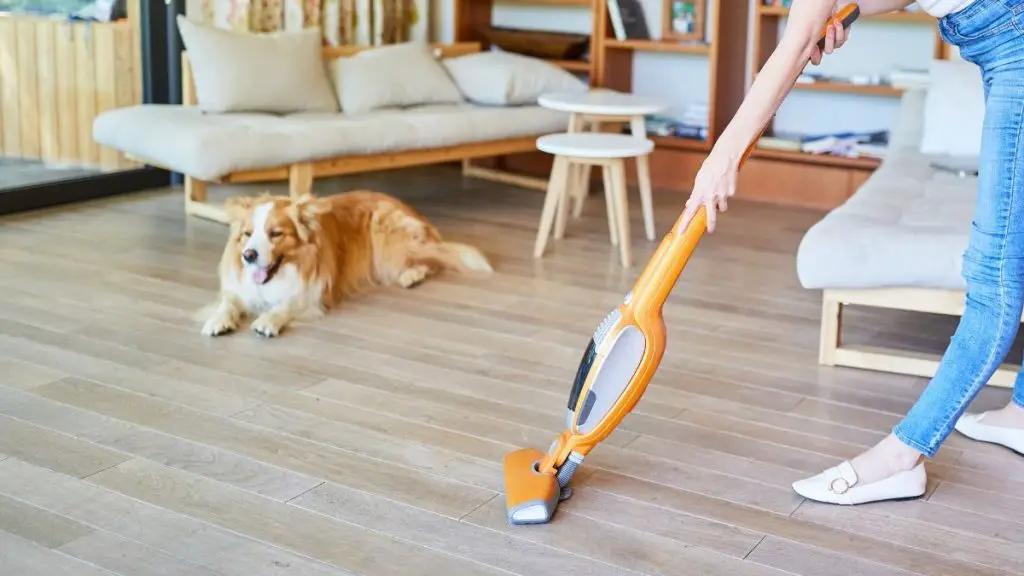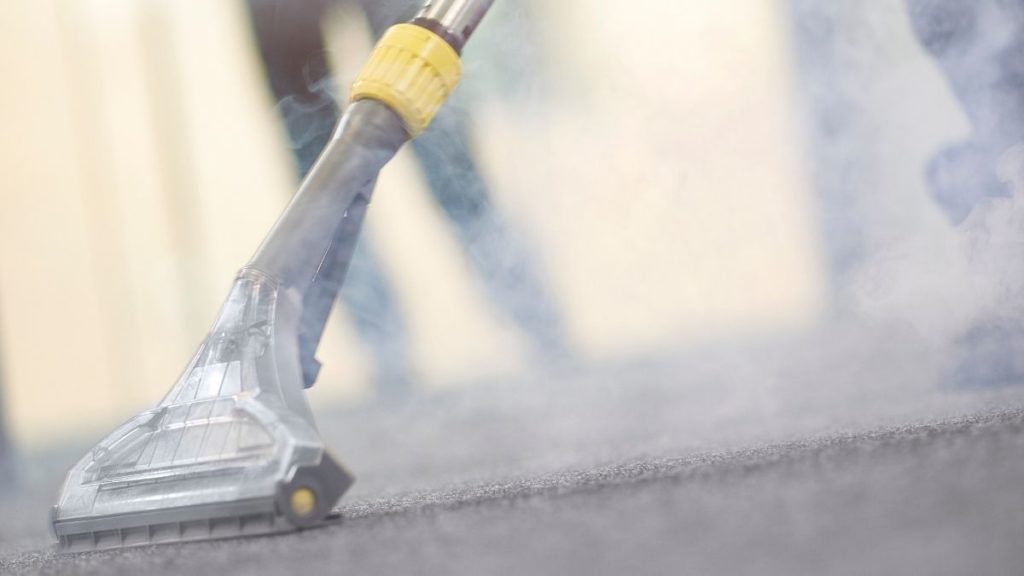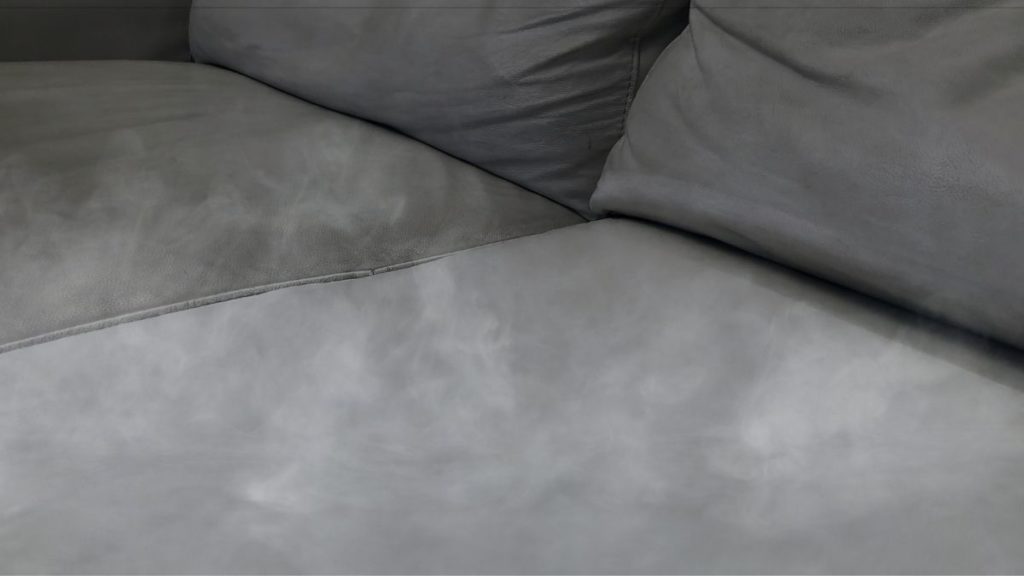How To Get Carpet Beetles Out Of Plush in 4 Different Ways
*As an Amazon Associate we earn from qualifying purchases. The price to you remains the same.
Are you tired of finding your child’s beloved plush toys infested with carpet beetles? From identifying the signs of an infestation to implementing effective prevention measures, we will equip you on how to get carpet beetles out of plush toys.
Carpet beetles are pests that most of us think only reside in the worst of the worst of homes. However, they can actually make their way into any home and wreak havoc.
Table of Contents
Table of Contents
If you have plush toys, you may have an especially tough time getting rid of carpet beetles. Your kids are not the only nes who love these types of toys. These pesky critters love this type of fabric because they can burrow deeply into the fibers.
To get rid of carpet beetles from plush, you can use cold treatments, chemicals, and plastic coverings to keep the critters at bay.

How To Get Carpet Beetles Out Of Plush Toys?
Carpet beetles are notorious for wreaking havoc on plush toys, feeding on natural fibers like wool, fur, and feathers. Not only can they cause damage to these cherished toys, but they can also trigger allergic reactions in sensitive children.
Step 1: Find the Fiend
If you’ve got a carpet beetle infestation, you’re probably ready to throw all your plush toys out the front door. But wait!
Before you even get to work on cleaning your plush, you need to figure out where these creepy critters are coming from. Attacking the source makes sure that you don’t wind up with a repeat infestation.
The first step to getting rid of carpet beetles is to identify where the infestation is. There are a few different places that you can seek out if you suspect you’ve got a carpet beetle infestation, including:
- Ducts
- Carpets
- Under furniture
- In cracks in the floor
- Closets
- Storage boxes
- Stuffed animals
- Pillows
- Rugs
- Blankets
As you check these areas in the home, keep an eye out for tears in your clothing and carpets. Closely examine the areas as carpet beetles tend to live in colonies in small areas.
Pro Tip: examine the area around where you store your plush items. There’s a good chance that the infestation is near the plush items, as that’s where the creepy crawlies have set up shop.
Step 2: Purge the Plush

After you’ve identified the infestation, you need to treat infested items. Keep in mind that larger items with infestations may require treatment from a professional. Other items, however, you can take care of on your own.
For the most part, your plush items are probably pillows, blankets, and stuffed animals. To get rid of the carpet beetles, place these items in the freezer for two days or more.
You can also effectively treat them using laundry soap and hot water. Bag up these items in laundry bags or in pillowcases and put them through the washing machine. The bags help protect the delicate fibers of your plush toys.
If you’re nervous about washing the items on your own, we get it. You can alternatively take them to the dry cleaner to get the beetle infestation out of your items.
Step 3: Steam Clean
With your individual items taken care of, it’s time to move on to the rest of the home. After all, carpet beetles can crawl off your plush items and burrow into your carpets and furniture!
Steam cleaning kills carpet beetles thanks to the high temperatures. What that means is that you’ll need to go over your carpets and any furniture in the home with the steam cleaner.
Grab your steam cleaner and heat it up. Then, follow the manufacturer’s instructions to clean the entire carpet. Let your carpets fully dry before moving on to the next step.
Note: You can also steam clean your plush toys. You’ll need a handheld steamer for this and you’ll need to make sure that you go carefully follow the manufacturer’s instructions.
Step 4: Treat The Plushies Using Chemicals
Once you steam clean the house, you can consider using chemicals. Chemical insecticides are a powerful way to rid your plushies of carpet beetles for good.
If you choose to use the insecticide method, the key is to thoroughly penetrate the surface of your plushies. Since carpet beetles and their eggs live deep inside these materials, you’ll need to ensure that you penetrate to the center of these items.
Keep in mind that most times, when you treat carpet beetles you need to apply multiple rounds of the insecticide. That’s because most chemicals will kill carpet beetles, but won’t necessarily kill unhatched eggs.
You’ll have to go over your plushies a few days after your first round of chemicals to make sure that you fully get rid of the problem.

Keep Your Plush Safe from Future Infestations
How to get carpet beetles out of stuffed animals or in your house isn’t enough. You also need to take preventative measures so that you don’t develop future infestations in your home.
Start by storing plush items that carpet beetles usually go for in insect-proof containers. It’s also a good idea to dry clean your toys before you tuck them away. This gets rid of odors that attract carpet beetles.
Finally, make sure to regularly clean your plush items. This prevents food, animal fur, and lint from building up in your plush toys, pillows, and blankets and attracting carpet beetles.
Frequently Asked Questions
Can Carpet Beetles Live in Stuffed Animals?
Yes! Carpet beetles can and frequently do live in stuffed animals. They can also live in pillows, blankets, rugs, and sheets. Just because they’re called carpet beetles don’t let yourself be unprepared to find them in other places!
How Do You Get Rid of Bugs in Stuffed Animals?
Freezing is an excellent method! Stuffed animals are easy to free of pests such as carpet beetles because you can bag them in plastic and stick them in the freezer. These cold temperatures kill off the bugs and prevent them from reproducing. Just keep them in the freezer for 48-72 hours to ensure that the bugs are killed.






